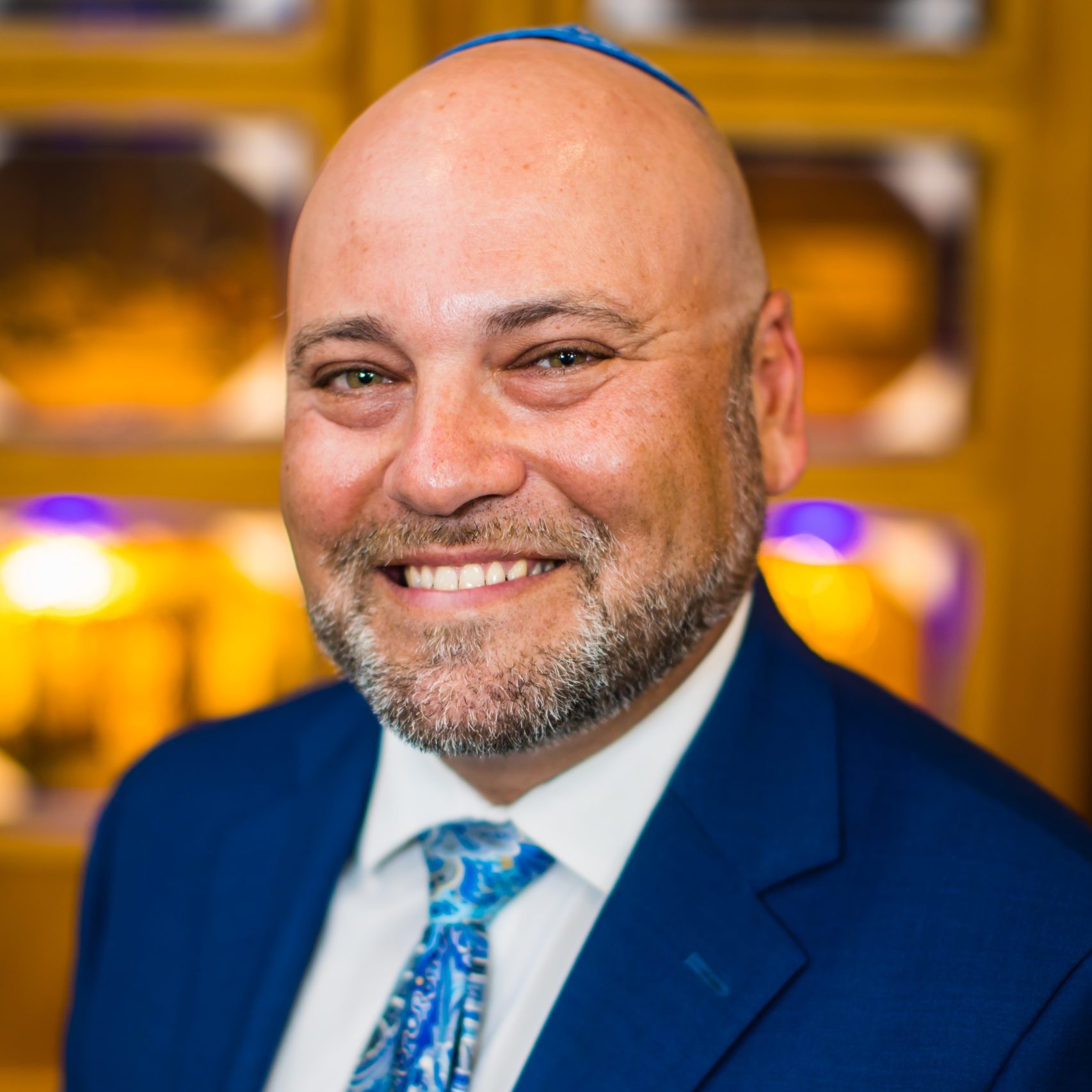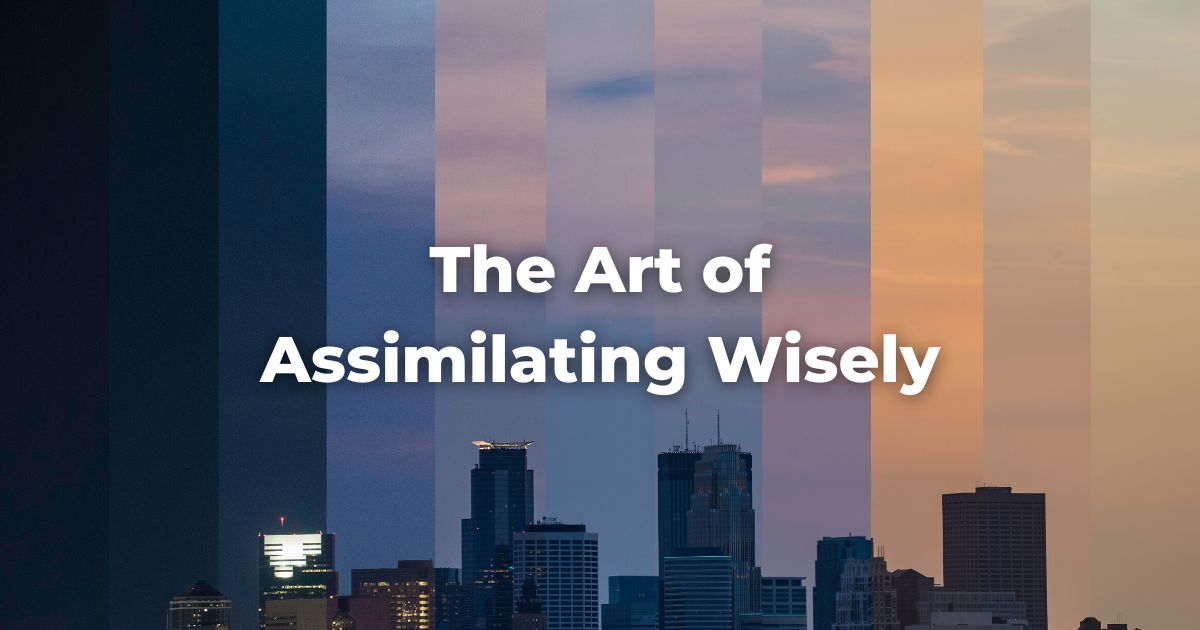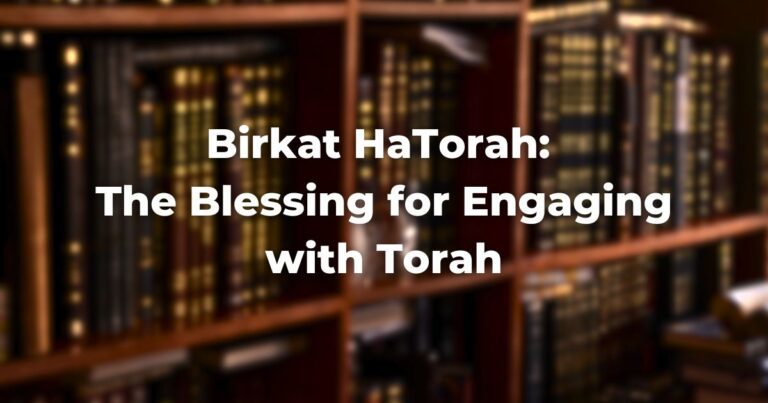Reflections on Hanukkah and the Tension of Assimilation
Assimilation has become a curse word and has been blamed as the chief problem facing the Jewish people. The term ‘assimilated Jew’ is the term most thrown around when looking to insult someone. And yet, I truly believe that assimilation is what has led the Jewish people to become such a powerful force in the world despite our small size. We have done so intentionally, with great thought—we have assimilated wisely.
I trust you won’t perceive my observation on assimilation as an original idea. Instead, I’m drawing upon the wisdom of Dr. Gerson D. Cohen, the esteemed former chancellor of the Jewish Theological Seminary.
Cohen famously stated in June of 1966 at the Hebrew Teacher’s College commencement address, “Assimilation has been a blessing in Jewish history, and in fact, the issue of assimilation is nothing new.” Assimilation is a blessing if it is done wisely, and a curse if it is done unwisely.
During the week of Hanukah, we have dealt with the issue of assimilation head-on.
The traditionalist Hasmoneans, rural Jews who fought off the assimilated Hellenized Jews and Greeks in order to preserve their sacred culture.
Others might look at Hanukah as celebrated in America, as a holiday that goes along with Christmas, which actually strengthens the idea that we should assimilate. So, what is the answer? It’s a great tension, and the answer lies somewhere in the middle.
Interestingly, the ancestor that became a major character during the TorahRefers to the first five books of the Hebrew Bible, the Tanakh, also called the Five Books of Moses, Pentateuch or the Hebrew equivalent, Humash. This is also called the Written Torah. The term may also refer to teachings that expound on Jewish tradition. Read more readings around this time is an ‘assimilated’ Jew—Joseph. During the final section of Genesis we read about the struggle he had living in tension between two worlds, just as his descendants did during the Hanukah story, and as Jews living in America.
Abraham, Isaac, and Jacob might be the three forefathers, but the most complex character in the book of Genesis, the character that has more verses dedicated to him than any of his ancestors was Joseph. The symbol that best symbolizes Joseph is the coat of many colors, the k’tonet passim.
But when I think of the coat, I don’t think of it in the form he received it, but in the form that he lost it. When Joseph’s brothers put him in the pit, and took away his coat, they purposely tore it up and sent it to their father Jacob. Jacob responded, “My son’s tunic! A savage beast devoured him! Tarof Toraf Yosef! Joseph is torn up!” And this was Joseph’s destiny from that point on—torn up. He was torn between two cultures, the culture of his birth as a son of Israel, and his adopted culture as a chief counselor for the
Pharaoh of Egypt.
How conflicted was Joseph?
So conflicted that he had two names: Yosef and a new Egyptian name, Zapenat-paneah. Right after he receives his new name, Pharaoh gives him a nice Egyptian wife, Asenath daughter of Potiphara, the daughter of a priest! Because of his ability to read dreams, Joseph saves Egypt from famine by developing a system of storing grain to be used during the lean years. And for all of this, Joseph is rewarded, becoming the second most powerful force in all of Egypt! Joseph finally made it, to the proverbial deluxe apartment in the sky, but at what cost?
Joseph has two sons, Menashe and Efraim, and their names carry their significance: Menashe meant to Yosef “God has made me completely forget [nashani] all my hardship and the house of my father.” Efraim’s name: “God has made me fertile [hifrani] in the land of my affliction” (Genesis 41:51-52).
The names are Hebrew names, but perhaps they sounded enough like Egyptian names so they could fit in without question.
Joseph is torn, just like his coat, conflicted about his heritage now that he has children of his own. His experiences of his life as a son of Israel have not been happy, to say the least, but he cannot escape the God of Israel who has given him the power to become the great Zapenat-paneah. The Radak (Rabbi David Kimhi, Provence 12th-13th century) notes a certain—understandable—ambivalence about Egypt, “that was at first the land of my oppression, and now ‘God has made me fruitful’ in it with sons, wealth and honor.”
This is the tension of not only Joseph, but of Jews of all time. It is the tension of how much we assimilate into a culture and take on their customs, while at the same time trying and stay authentically Jewish.
In his address, Cohen points out that this tension through a midrash by Bar Kappara written in the latter part of the 2nd century. The midrash states: “Owing to four factors were the people of Israel redeemed from the land of Egypt: they did not alter their names (Egyptianize them); they did not change their language; they did not spread malicious gossip, and they were free of sexual license.”
Other midrashimThis word is used in two ways, as both a concept and a literature. As a concept, midrash is the expansive interpretation of biblical texts. The term is used to describe the practice of rabbinic interpretation. As a text, it refers to specific collections of interpretations, particularly from the third to ninth centuries in the Land of Israel and Babylonia. Plural: Midrashim
Read more went further and said that shelo shinu et malbushehem, they did not change their distinctive form of clothing. The problem with these midrashim is simple—the criteria do not hold up. Names like Aaron, Moses, Hofni, and Pinchas may seem very Jewish to you, but they were actually Egyptian names! Throughout history, Jews have taken non-Jewish names and made them Jewish, names like Daniel (from the book of Daniel), Mordechai (actually, it’s a version of a pagan god named Marduke), Tarfon, and Alexander.
Even Judah Maccabee was not immune! When it came time to choose ambassadors to Rome who could best represent his Hebraic policies, he chose two good Jews with the names of Jason and Eupolemos. Respected rabbis and Jewish scholars also had two names, a Greek name that they would sign documents with such as Paregoros, and a Hebrew name to sign Jewish documents—Menachem. Sound familiar?
And by the way, what language was the book of Maccabees read in? Greek—now that’s irony.
*The Book of the Maccabees was originally written in Hebrew, but the Hebrew version was lost and
only the Greek translation remained.
Famous rabbis and Jewish scholars wrote in Hebrew, but also wrote in Aramaic, Arabic, Spanish, and other languages. The reason the world knows so much about medieval French is from Rashi’s commentary! Even the black suit that the Ultra-Orthodox Jews wear were copied from Polish aristocracy from the 17th century! And Yiddish, the lashon hakodesh of Eastern Europe? It’s mostly German and Russian with a splatter of Hebrew.
So when we search for authenticity, we should be looking at Joseph who became the model for how Jews would be in the future—living in tension between two worlds, adapting to a changing world but keeping his Jewish soul intact.
Let’s get back to Hanukah.
The TalmudReferring to one of two collections, the Jerusalem and Babylonian Talmuds, edited in the 6th century, that contains hundreds of years of commentary, discussion, and exploration of the ideas in the Mishnah. One could describe it as Mishnah + Gemara = Talmud Read more asks the famous question, Mai Hanukah, What is Hanukah? The Talmud felt uncomfortable telling the real story of Hanukah, probably because it is so nuanced, and complicated. It is not a black-and-white story, but a story of living in tension between black and white, somewhere in the grey.
The story of Hanukah, in my eyes, is one of three types of Jews, the ultra-traditionalists, the ultra-assimilated, and everyone else in the middle. In the battle between the two sides, there were us in the middle. The winner of the great battle, not only a military battle, but a battle for the soul of Israel, was the side that got the most of us in the middle, and this side was the traditionalists of those who chose to conserve Judaism, but they depended on those Jews who looked like their Hellenized neighbors!
When Joseph’s brothers come to him, he is shocked that they do not recognize him, but how would they? He dressed like an Egyptian, he spoke like an Egyptian, but his soul was still the soul of a son of Israel—but they cannot see his Jewish soul until he lets it out. Joseph is not the little brother that they left in the pit, nor was he the great Zapenat-paneah, the second most powerful man in Egypt. He was a man who was enriched by a new and different culture, and yet, he was also a son of Israel.
And this is our great challenge with assimilation—we must hold both outward body that looks like everyone else, and our soul, which is the beating heart of a child of Israel, together.
Cohen wrote in his essay, “Assimilation properly channeled and exploited can become a blessing. The great ages of Jewish creativity were born out of a response to the challenge of assimilation, and there is no reason why our age should not respond to this challenge with equal vigor.”
I believe that Conservative/Masorti Judaism engages in the artistry of assimilating wisely. Would there be egalitarianism without the influence of feminism in the Western world? What about mixed seating? Even the way our synagogues look and operate is a result of Western influence, for example, did you know that Rabbis only gave two sermons a year (I know that some of you might be thinking that’s not such an improvement)? But it shows that we have adapted to the society we live in by making our way of life relevant again.
We cannot run away from this challenge, dressing in clothes we think are authentic, but are not, nor can we leave behind our Jewish souls. Rather, we must become the authentic Joseph who emerged at the end of his story, a mixture of the Israelite boy and the Egyptian man, and search our hearts for the Jew within, and finally, feed that Jewish soul so much that it has nowhere else to go but out into the world.
Author
-

Rabbi David Baum has served as the first full-time Rabbi of Congregation Shaarei Kodesh of Boca Raton since the summer of 2009. He received his rabbinical ordination and his Master’s Degree in Jewish Education from The Jewish Theological Seminary in May 2009. Rabbi Baum is the immediate past President of the Palm Beach County Board of Rabbis and past president of the Southeast Region of the Rabbinical Assembly. He is an alumnus of the Clergy Leadership Incubator (CLI) Fellowship and a Global Justice Fellow with American Jewish World Services. He lives in Boca Raton with his wife, Dr. Alissa Baum, and their three children, Avi, Harrison and Layla.
View all posts




